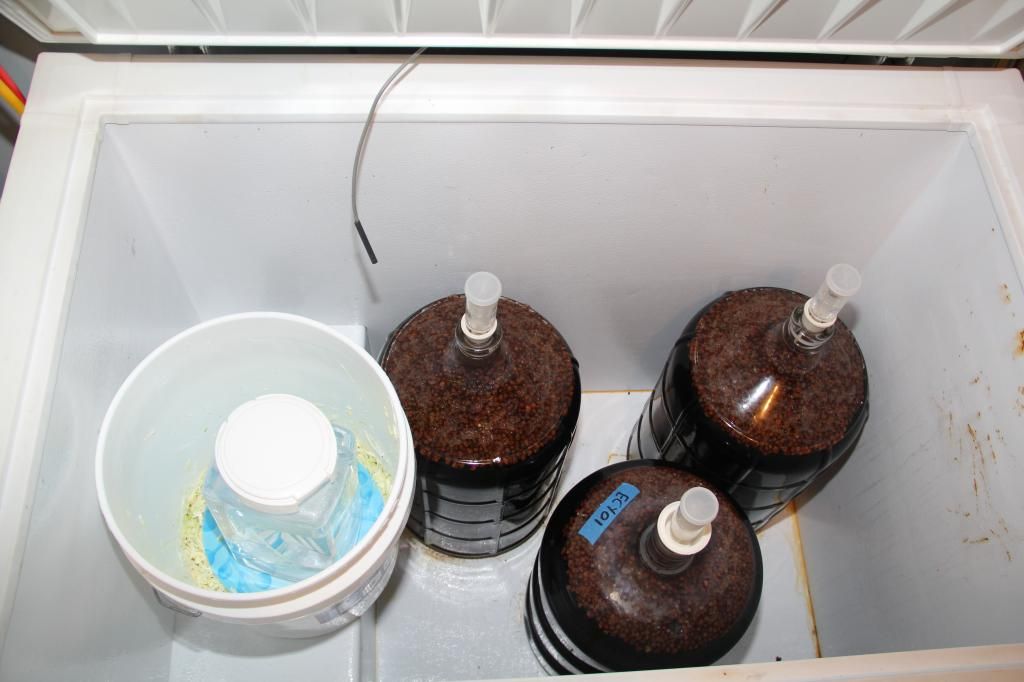You haven't wasted anything. Add the Roselare, and the currants and put your fermenter in a normal, room temperature area of your house and forget about it for at least a year. Seriously, keep your airlock full, but otherwise forget about it.
I didn't wait nearly as long as others are to add the Roselare. I did however add it, and a quart of starter wort, and the currants into a separate fermenter overnight, then added that mixture to the beer. IIRC I added the oak at about 14 months, then kegged at 16 months. At that time my brew was very similar to a real Consecration I picked up last summer. Go back a few pages and you can see side by side pics. I have one more real one till August so maybe I'll do another comparison tonight!
My beer is somewhat less tart than the real thing. Who knows, maybe due to the higher IBUs? It is certainly an acceptable tribute. So again, IMO you haven't wasted anything. Pitch the bugs and forget about it for a while!


